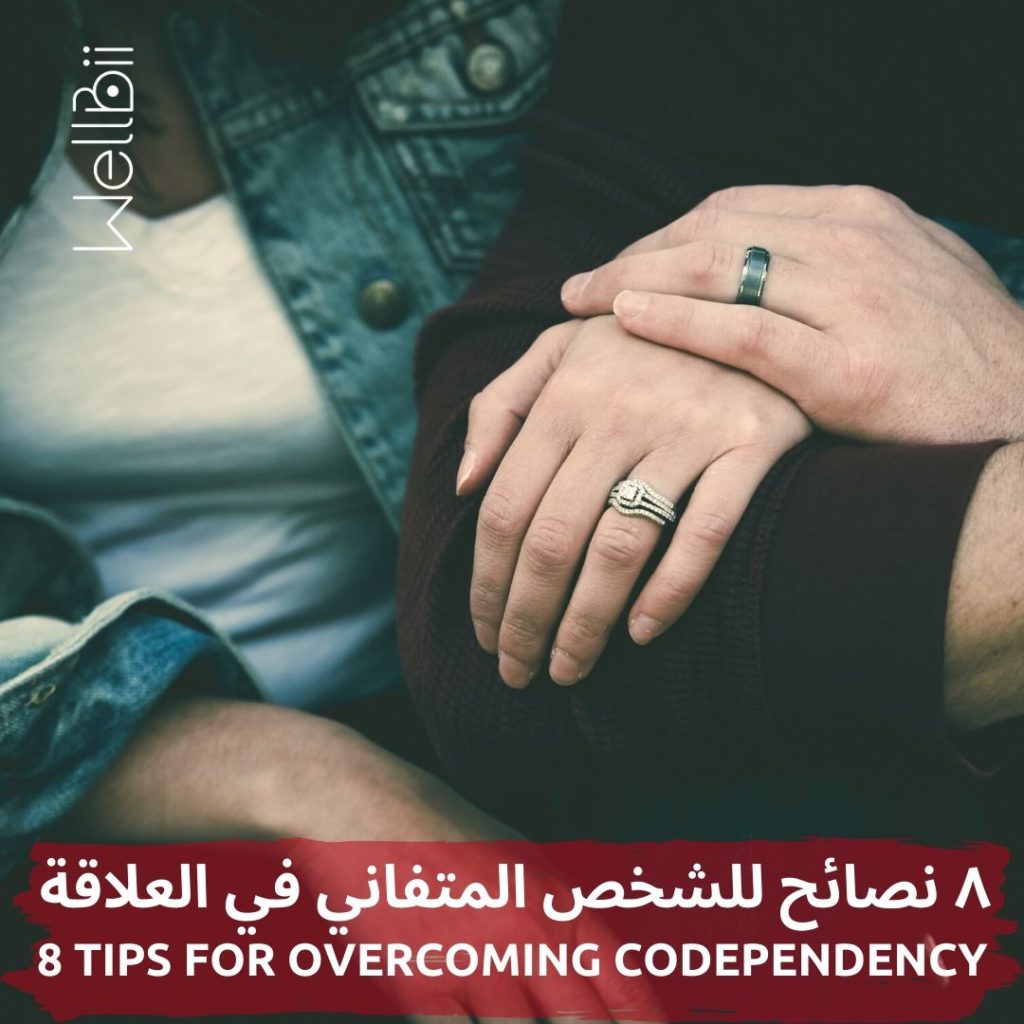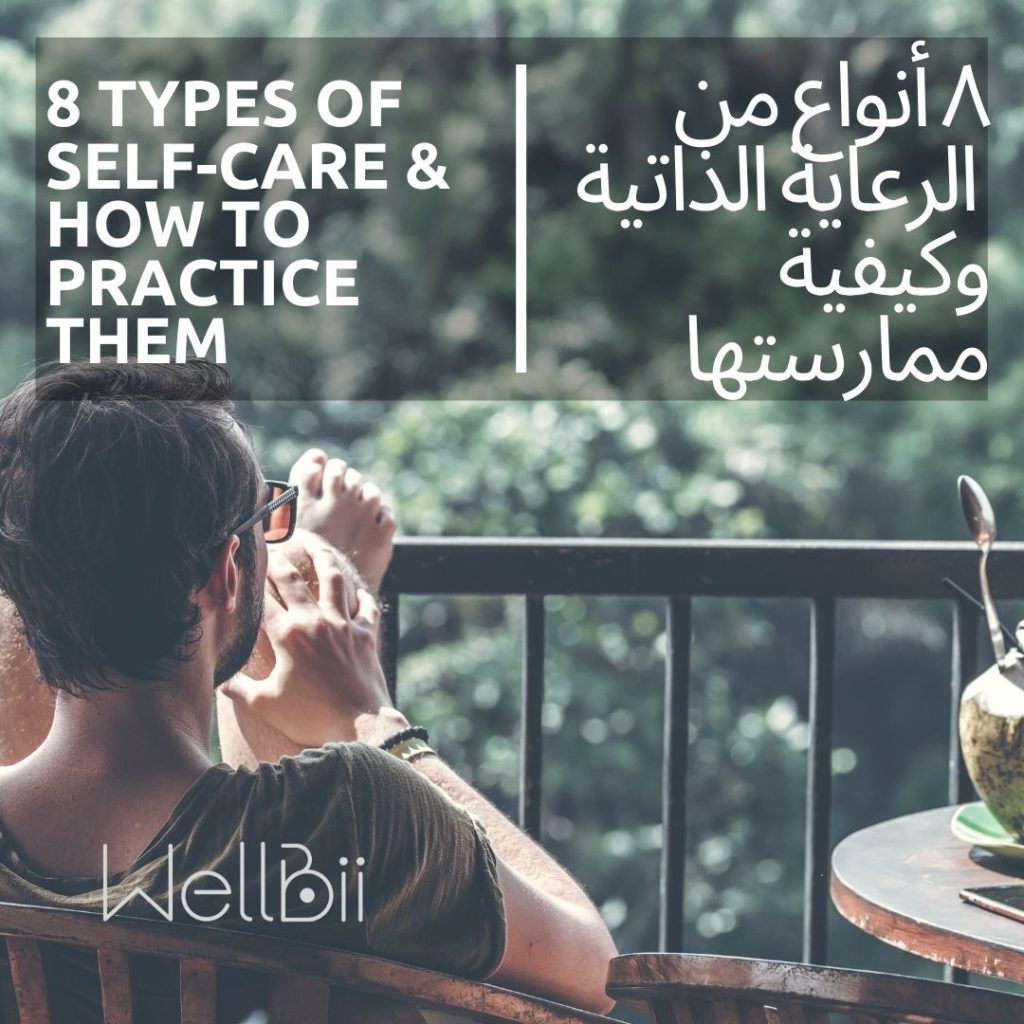8 TIPS FOR OVERCOMING CODEPENDENCY

People sometimes use this term to describe behaviors that don’t quite fit this definition, which leads to some confusion. Think of it as support that’s so extreme it becomes unhealthy. If you think you might be in a codependent relationship, here are some pointers to help you move forward.
Identify your own needs
codependent patterns often begin in childhood. It may have been a long time since you stopped to think about your own needs and desires. Ask yourself what you want from life, independently of anyone else’s desires. Do you want a relationship? A family? A specific type of job? To live elsewhere? Try journaling about whatever these questions bring up.
Practice valuing yourself
Codependency and low self-esteem are often linked. If you link your self-worth to your ability to care for others, developing a sense of self-worth that doesn’t depend on your relationships with others can prove challenging.
Offer healthy support
There’s nothing wrong with wanting to help your partner, but there are ways to do so without sacrificing your own needs. Remember, you can show love for your partner by spending time with them and being there for them without trying to manage or direct their behavior.
Remember, you can only control your own actions
Giving up control involves accepting uncertainty. No one knows what the future holds. This can be scary, especially if fears of being alone or losing your relationship contribute to codependent behaviors. But the healthier your relationship is, the more likely it is to last.
For online coaching click here
Set boundaries for yourself
A boundary is a limit you set around things you aren’t comfortable with. They’re not always easy to set or stick to, especially if you’re dealing with long-standing codependency. You might be so accustomed to making others comfortable that you have a hard time considering your own limits.
Learn what healthy love looks like
Not all unhealthy relationships are codependent, but all codependent relationships are generally unhealthy. This doesn’t mean codependent relationships are doomed. It’s just going to take some work to get things back on track. One of the first steps in doing so is simply learning what a healthy, non-codependent relationship looks like.
Identify patterns in your life
Once you’ve got a handle on what codependency actually looks like, take a step back and try to identify any recurring patterns in your current and past relationships. Codependent behaviors are typically sspfxbexzued in childhood. Patterns you learn from your parents and repeat in relationships usually play out again and again, until you put a stop to them. But it’s hard to break a pattern before you notice it.
Separate showing support from codependency
It might not be your intention to control them, but over time, your partner may come to depend on your help and do less for themselves. In turn, you might feel a sense of fulfillment or purpose from the sacrifices you make for your partner.
How do you work on keeping the balance of your relationship?
For the full article click here






Responses